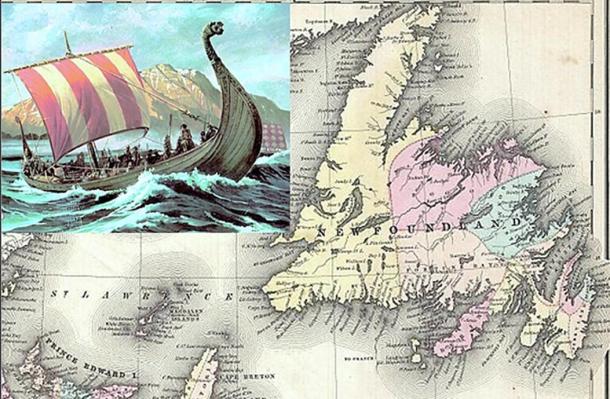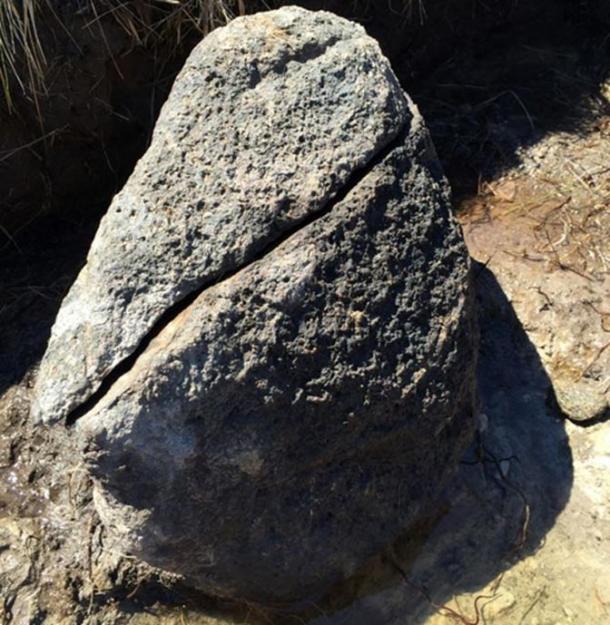

| Online: | |
| Visits: | |
| Stories: |

| Story Views | |
| Now: | |
| Last Hour: | |
| Last 24 Hours: | |
| Total: | |
Evidence for Vikings in Canada Grows with Surprising Find of Ironworking Site in Newfoundland

Experts are “cautiously optimistic” that a hearth where people worked iron about 1,000 years ago in Newfoundland, Northeast Canada, was the site of a Viking settlement, says National Geographic.
This site, at Point Rosee, is the second where there is strong evidence of Viking settlements in the New World. The first, at L’Anse aux Meadows, also in Newfoundland but hundreds of miles north of Point Rosee, was discovered in 1960.
The hearth at Point Rosee is surrounded by the remnants of a rectangular turf wall, says the National Geographic article announcing the find. The hearth itself is just a boulder with a depression in front of it, surrounded by smaller rocks.
But in the hearth’s shallow pit archaeologists found 28 pounds of slag—a byproduct of iron roasting, the step in the ironworking process before smelting and forging. The smith burns and dries the ore in the fire so it doesn’t explode in the forge.

A blackened rock said to be the hearth. Slag was found around the boulder. (Dan Snow)
Scholars do not believe natives of this area in the 11th century were working with iron, though there was metalworking in the New World before Europeans arrived.
www.Ancient-Origins.net – Reconstructing the story of humanity’s past
Source: http://www.ancient-origins.net/news-history-archaeology/evidence-vikings-canada-grows-surprising-find-ironworking-site-newfoundland-020790


